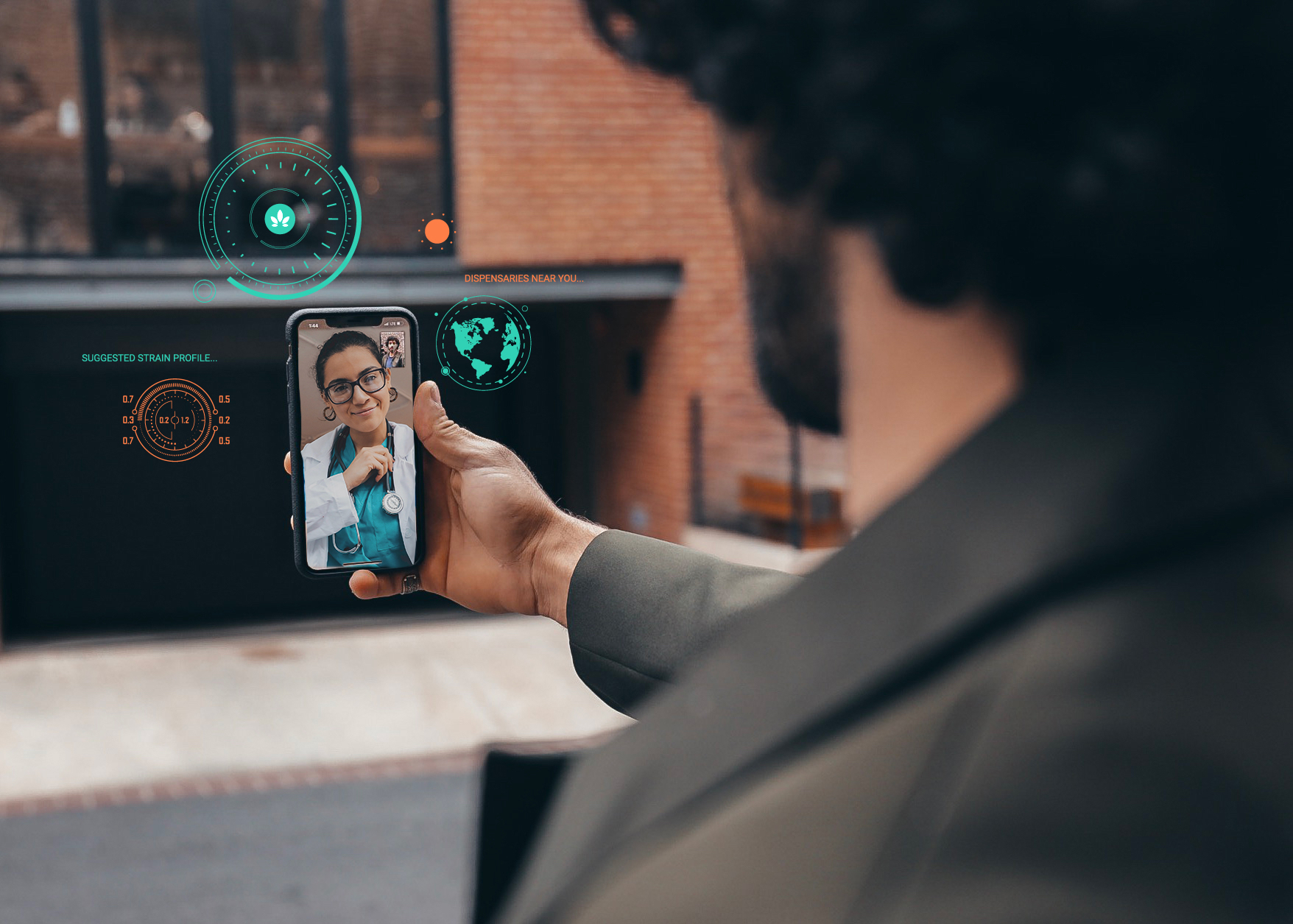When we think of cannabis, we’re usually inclined to think first of the recreational uses of the plant. Almost everyone is aware of cannabis as something you can smoke, vape, or eat in edible form to experience a high. And nowadays, the medical uses of cannabis are nearly as widely known as the recreational ones.
Not only can cannabis be beneficial to users who opt to smoke or vape it or consume it in oil form, but topical creams can help with skin conditions and muscle pain. And it can also be made into food and drink, as in the case of hemp milk. But even these are far from the only uses for the cannabis plant.
Hemp is useful in many ways that don’t even involve direct consumption by human beings. For example, using hemp as animal feed has been shown to lead to healthier chicken eggs and healthier meat products. Hemp can be used in textile production—in fact, it’s believed that hemp might be the very first fiber ancient humans used to make clothing. It can be turned into concrete and used to help build homes. And even in the auto industry, hemp is useful, both as a building material and as a potential source of fuel.
Given all of that, one can hardly claim to be surprised when a new use for hemp appears. And yet, this versatile plant continues to impress with a new product we discovered called HempWood.
Deriving Wood From Hemp
HempWood is made of compressed fibers from the hemp plant held together with a soy-based glue. Stronger than that description makes it sound, HempWood looks and feels like oak but is actually 20 percent harder. What’s more, it can be produced at a significantly faster rate—an almost astonishingly faster rate. It takes an oak tree around 60 years to mature, but a hemp plant is mature and ready to harvest in six months.
Why You Should Get Your Medical Marijuana Card
Veriheal has satisfied millions of patients nationwide by giving them access to these benefits
- Larger purchase limits
- Peace of mind
- Enhanced legal protection
- Access to higher potency strains
- Save up to 25% on cannabis purchases
- Skip the line at the dispensary
Greg Wilson, owner of the HempWood company, comes from a history in the bamboo flooring industry and has drawn on experience with the techniques used there—specifically, the way strand-woven bamboo floors are much harder and more durable thanks to the way they’re made. Headquartered in the state of Kentucky, the HempWood company already has big aspirations for its product. In addition to flooring, they plan to use it to manufacture such products as blocks, boards, cutting boards, and even skateboards.
Why Choose HempWood?
We’ve already addressed the marvelous strength of wood made from hemp, but that’s only one of the many reasons to opt for wood derived from the hemp plant.
Perhaps the most powerful reason is that it’s eco-friendly. The demand for oak furniture and flooring has created a real deforestation problem, and the more people switch to hemp for their wood solutions, the better we’ll be able to replenish our forests. As previously mentioned, the hemp plant reaches maturity much more quickly than an oak tree does, which means that even after it’s harvested, it’s highly renewable. Hemp is not a resource we need to worry about over-harvesting.
That’s why many of those who are concerned about taking active steps to protect the environment are already making the switch to hemp-derived wood instead of oak or other wood products. It’s one of the primary reasons the HempWood company exists in the first place—to provide people with this option and to help protect one of the Earth’s dwindling natural resources.
For your next wood project—whether it’s framing a picture or replacing a floor—look into HempWood as an option. You may find it’s the best choice for what you’re trying to accomplish.
Author, Share & Comments
















